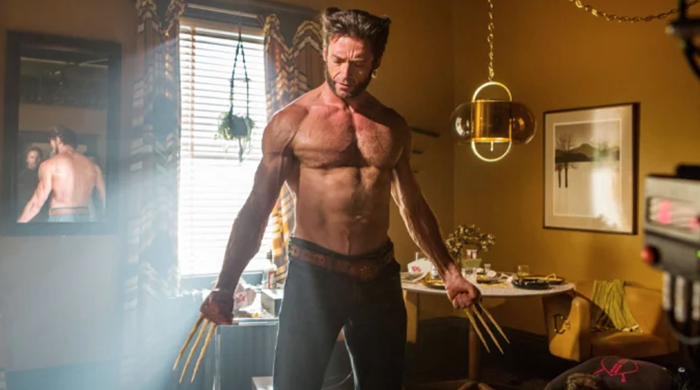Laurie Sandell has an interesting story, I'll give her that. For her entire life, her father lied to her. He lied about his background, his education, his occupation; he lied about why he left Argentina as a teenager, and about the circumstances surrounding the death of his own father. When he was caught setting up credit cards in Laurie's name, he lied about that, too.
As a child, Sandell believed every word her father told her, and idolized him—but as she grew up and began to understand the scale of her father's deceit (he also embezzled money from family friends), her relationship with her father became significantly more complex. She even cops to using the story of her misled childhood to bond with others—to charm men, to woo the reluctant celebrities she interviewed for her job at a magazine. All of this is sympathetic, understandable stuff.
There's a turning point, though, after which it becomes difficult to sympathize with Sandell: In 2003, she anonymously published a story in Esquire about her father, entitled "My Father, the Fraud." Though she didn't sign her name to the piece, her family knew she'd written it; the article created a rift with her family that didn't begin to heal until Sandell had gone through rehab for an Ambien addiction.
In the context of The Imposter's Daughter, this betrayal almost instantaneously transforms Sandell into a deeply unlikeable narrator—and the problem lies not with Sandell's personal choices, but with how poorly she explains them in this format.
There's no real reason why this story should be told as a graphic novel—rather than lending richness or depth to her story, the format simply offers Sandell an excuse to skate over the surface of her subject matter. Sandell's art adds nothing to her story; it reads like a children's book, each panel simply illustrating the scene. For much of the book, Sandell is preoccupied with her relationship with a seemingly perfect man named Ben, to whom she can't quite commit—it comes as no surprise in one panel when he presents her with a copy of The Complete Idiot's Guide to Creating a Graphic Novel. Sandell's telling a complicated story, and her visual storytelling simply isn't good enough to do that complexity justice.















